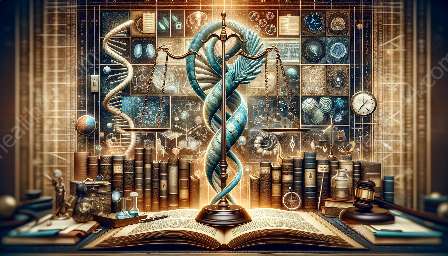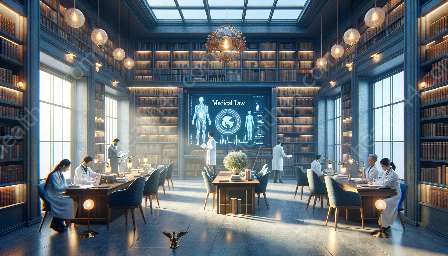Medical records management systems play a crucial role in maintaining, organizing, and protecting patient information, while also ensuring compliance with medical laws and regulations.
Importance of Medical Records Management
Effective medical records management is essential for healthcare institutions to deliver high-quality care, protect patient confidentiality, and adhere to legal requirements. By implementing a comprehensive medical records management system, healthcare providers can streamline operations, minimize errors, and improve patient outcomes.
Key Components of a Medical Records Management System
1. Electronic Health Record (EHR) Software
EHR software is a central component of a modern medical records management system. It allows healthcare providers to create, store, manage, and exchange patient information electronically. EHR systems facilitate the efficient documentation of medical histories, diagnoses, treatments, and test results, enhancing the continuity of care and enabling secure data sharing among authorized healthcare professionals.
2. Document Imaging and Scanning Tools
Document imaging and scanning tools enable healthcare organizations to convert paper-based records into digital formats. This process enhances accessibility, reduces physical storage space requirements, and accelerates record retrieval, contributing to improved operational efficiency and cost savings.
3. Secure Data Storage and Backup Solutions
Robust data storage and backup solutions are critical components of a medical records management system. Healthcare providers must ensure that patient information is securely stored, encrypted, and regularly backed up to protect against data loss, unauthorized access, and cyber threats. Cloud-based storage solutions offer scalability, accessibility, and redundancy, further enhancing data protection and disaster recovery capabilities.
4. Access Control and Authorization Mechanisms
Access control and authorization mechanisms are essential for safeguarding sensitive medical records. Role-based access controls, authentication protocols, and audit trails help prevent unauthorized disclosure of patient information, ensuring compliance with privacy regulations such as the Health Insurance Portability and Accountability Act (HIPAA).
5. Compliance Monitoring and Auditing Tools
Compliance monitoring and auditing tools enable healthcare organizations to track and evaluate adherence to medical laws, regulations, and internal policies. These tools support proactive risk management, regulatory compliance assessments, and the identification of potential compliance gaps, empowering organizations to address issues promptly and maintain legal compliance.
Alignment with Medical Law
The key components of a medical records management system align with medical law by addressing the legal requirements and standards governing the collection, storage, and use of patient information. Compliance with laws such as HIPAA, the Health Information Technology for Economic and Clinical Health (HITECH) Act, and the Privacy Act is paramount for healthcare providers, and an effective records management system helps them meet these obligations.
Conclusion
Efficient medical records management is crucial for healthcare organizations to uphold patient confidentiality, ensure data accuracy, and comply with regulatory mandates. By integrating the key components of a medical records management system, healthcare providers can strengthen their operational resilience, enhance patient care delivery, and mitigate legal risks.



